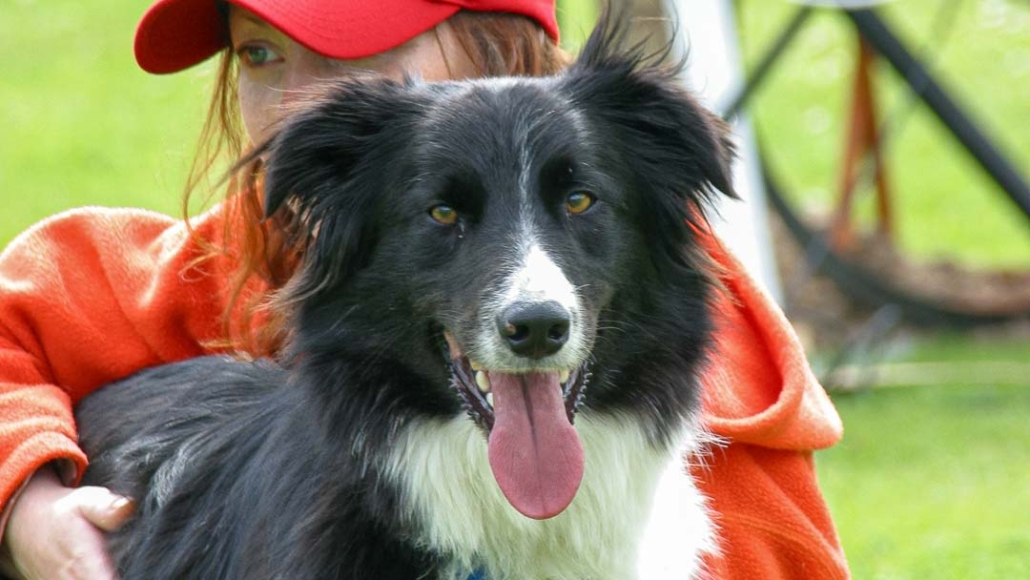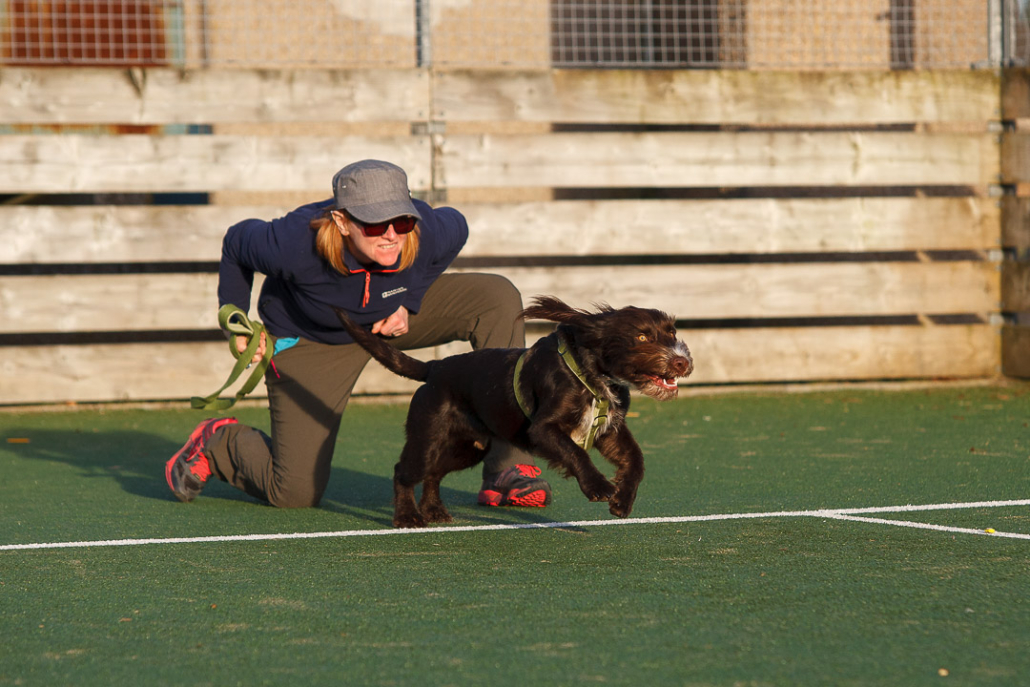Muscular Injury and Myofascial Dysfunction
Strain
A tear to the muscle or tendon caused by
overstretching or overloading. Grade 1 – 10%
of fibres affected. Grade 2 – 50% of fibres affected. Grade 3 – Complete
rupture.
- Chronic Strain also referred to as Repetitive Strain Injury or RSI. Prolonged, repetitive movements create tears within the muscle and/or tendon. Usually results from prolonged overuse and inadequate rest periods. Common in dogs with orthopaedic issues, agility dogs and often caused by daily activities in the pet dog
- Acute Strain results from a direct trauma to the body e.g.: Overstretching of a muscle causing an immediate tear. Potential causes of Acute strain could be slipping on laminate flooring, jumping, ball chasing. Symptoms of an acute strain can be the sudden pain, the inability to get up, Collapse, Episodic Shaking and or/Vocalising
Trigger Point
A hyperirritable
band of focal point tension causing ischemia and patterns of pain referral
directly in the muscle and also distant from its original location
Common causes: Repetitive actions, sustained loading of ADL’s, previous muscular injury.
Prolonged inactivity e.g.: crate rest, secondary
overcompensation to orthopaedic issue
- Trigger points are not the same as acupressure points. A Trigger Point is an abnormal biomechanical and mechanical area of contracted soft tissue. An acupuncture point is a location on the body associated with the meridian lines where a needle may be inserted.
- Trigger points mimic the symptoms of other diseases
- Trigger Points and Myofascial Pain don’t typically respond to NSAIDS (Non Steroidal Anti Inflammatory Drugs)
- Painful, irritable and restrict ROM
- Refers pain, cause of chronic pain
Myofascial Pain
Myofascial Pain Syndrome (MPS) refers to pain
and inflammation in the body’s fascial network
which affects muscle and bone. As a chronic
condition MPS affects
the fascia or connective tissue covering
the muscles.
Common symptoms:
- Limping for a few steps then walking it off over time
- Skin twitching/flinching/quivering
- ‘tickly spot’ in middle of back
- Not liking the back legs to be touched
- A restricted ROM
- Coat changes
- Exaggerated pain response and/or chronic ongoing pain issues e.g.: Arthritis





